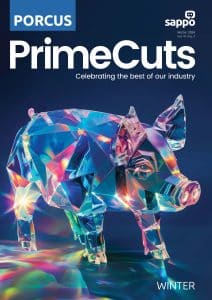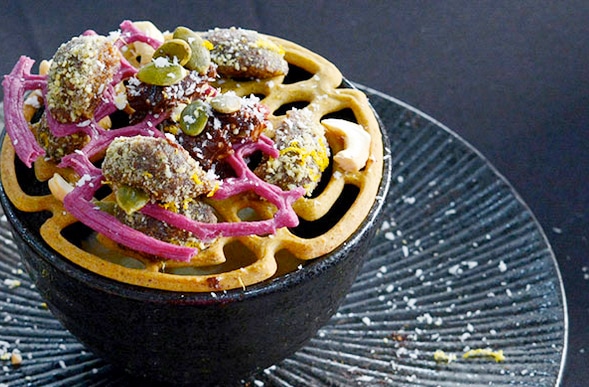Source: Rodney Holcomb and Danielle Bellmer, Bizcommunity 28 July 2021, photo credit: 3Dnatives
How would you like to dig into a “recycled” snack? Or take a swig of juice with “reprocessed” ingredients made from other food byproducts? Without the right marketing, these don’t sound like the most appetising options.
Enter “upcycling.” That’s the relatively recent term for the age-old concept of using low-valued foods or food processing byproducts to generate new food products. Time-honoured examples of this concept include sausages made from meat scraps and jams or jellies made from overripe fruit. In many cases, this waste would have otherwise been used as animal feed or sent to the compost pile.
The Upcycled Food Association defines upcycled foods as those that “use ingredients that otherwise would not have gone to human consumption, are procured and produced using verifiable supply chains, and have a positive impact on the environment.” An official definition may allow manufacturers to market to a target audience and encourage consumers and food processors to consider upcycled products. The Association launched a new Upcycled Certification Standard in 2021. Soon enough you may notice an upcycled label on items at the grocery store.
Food waste is a monumental problem, and this nascent trend, with a buzzy new name designed to appeal to consumers, could help. As an economist and a food engineer, we’ve worked with food companies to minimise waste and find markets for underutilized or otherwise trashed food items. Here’s how upcycling works.
Read more
The South African Pork Producers’ Organisation (SAPPO) coordinates industry interventions and collaboratively manages risks in the value chain to enable the sustainability and profitability of pork producers in South Africa.









